Pilgrimage on the Camino Frances
Last Updated on September 6, 2017 by lydiaf1963
Next week I’m leaving to hike a section of the Camino Francés, part of a network of pilgrimage routes that end in Santiago de Compostela and are collectively called The Camino de Santiago. The modern route of the Francés exists today thanks to the efforts of Don Elías Valiña Sampedro who in the 1980’s researched the ancient pilgrimage routes and painted yellow arrows to mark the route. Eventually a support structure grew to provide services to the pilgrims. In some small pueblos, the Camino is the main industry. Last year over 170,000 people travelled on the Camino Francés and reported their journey to the Pilgrim’s Office in Santiago.
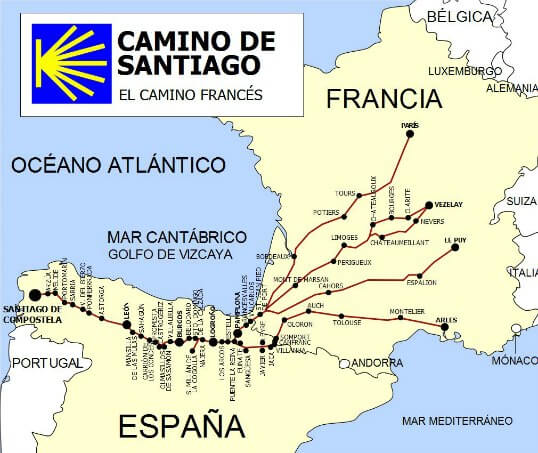
A Very Brief History
In medieval times the Camino was undertaken to show piety, or sometimes as penance. There are many pilgrimage routes all over Europe. Some led to Rome, others to Santiago. Many of the lesser known routes intersect with the more widely travelled ones. The ancient pilgrim carried very little, relying on the kindness of the people they encountered for food, lodging and medical care. At the end of the journey the pilgrim would look for a scallop shell to show they’d successfully completed the trip.
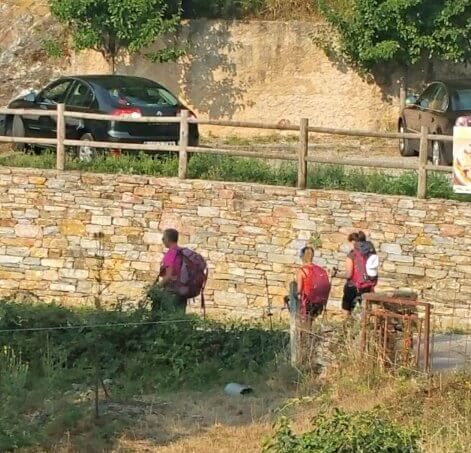
The modern pilgrim still travels light, but there are services that will transport their backpack for a small fee. The “proof” of their journey is found in the credencial, a document that’s obtained from churches in Spain or various Associations of Saint James located around the world. American Pilgrims on the Camino is the US group. With a credencial, the pilgrim is allowed to stay in an albergue for a much cheaper rate than a hotel. Just about every eatery serves a Menú de Peregrino. The Pilgrim’s Menu is a full meal with two courses, dessert and beverage for around 10 euros. As the pilgrim travels, they collect stamps to show where they’ve been.
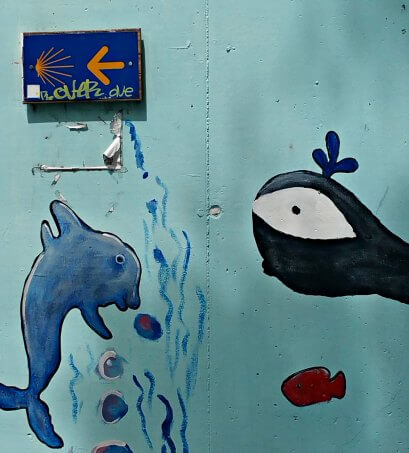
There are guide books, websites and GPS maps specifically geared towards travelling the Camino. On the Camino Francés you’re never really alone unless you want to be. Along the route there are regular patrols by the local police and Guardia Civil who provide protection much like the medieval Templar Knights in days gone by.
Those who walk a minimum of 100 km (200 km if on a bike) earn a Compostela; a document to show they’ve completed their pilgrimage. You’ll find more information at the website for the Pilgrim’s Office in Santiago.
Why Would Anyone Want to Travel the Camino?
People have many reasons undertaking the journey. Some do it for the challenge. The entire route through Spain is around 780 km and takes 5 weeks or longer on foot. It can be very social with a definite sense of community. There are tons of Facebook groups in multiple languages where you can discuss your journey or arrange to meet to walk together or share a meal or accommodations. The Camino has been called the World’s Longest Bar Crawl…and there’s some truth to that.
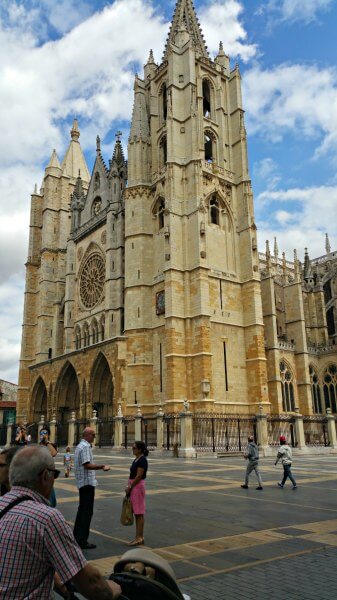
Spain is a gorgeous country with an ancient history. Along the Camino you’ll see romanesque and gothic architecture. You’ll find evidence of Moorish, Celtic and Visigothic influence on Spanish culture. Some of the roads you’ll walk along were built by the Romans and probably date back to prehistory.
Others travel the Camino for spiritual reasons. Some will even carry crosses or wear penitential garb. Almost every church along the Way holds a Pilgrim’s Mass to support the spiritual needs of the pilgrim and Catholics who undertake the journey will find many resources to help them prepare. Being religious is not a requirement for obtaining a Pilgrim’s Passport. People of all faiths or no faith walk.
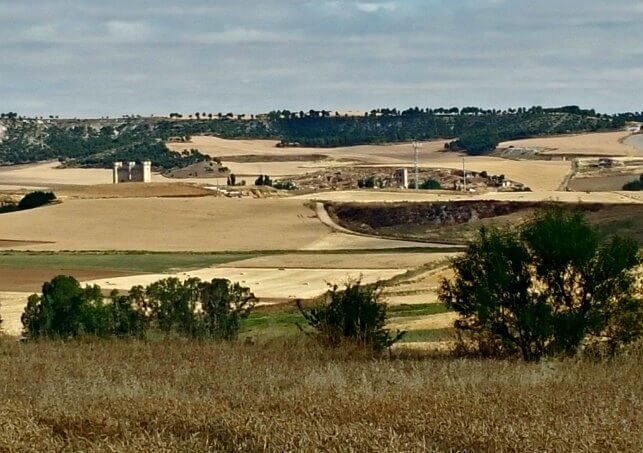
I’m doing it for the challenge, while I am still healthy enough to do it! I don’t plan to walk the entire route. I chose the Camino Frances because it’s the most popular and best serviced route, thinking that if I enjoyed it I could explore other options later and maybe persuade Rick to join me. I have the advantage of living here in Spain. It might take three weeks to walk, but by high speed train I’m around 8 hours from home.
I’m also walking for spiritual reasons. I’ve been hearing the Camino call for a couple of years now and have spent almost a year planning, training and preparing for my journey. I’m not Catholic, but I have resources loaded on my phone to assist with the spiritual side of the trip. The world still needs prayers of all kinds.
Image Credit for Map:
By jynus – Image created by me using Inkscape, based on Image:Europe countries.svg, by User:Tintazul., CC BY-SA 2.5, https://commons.wikimedia.org/w/index.php?curid=893715

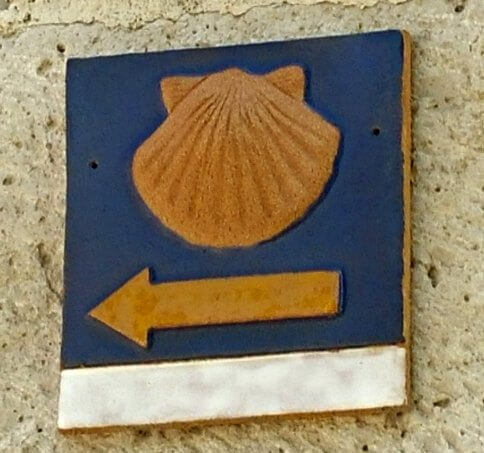

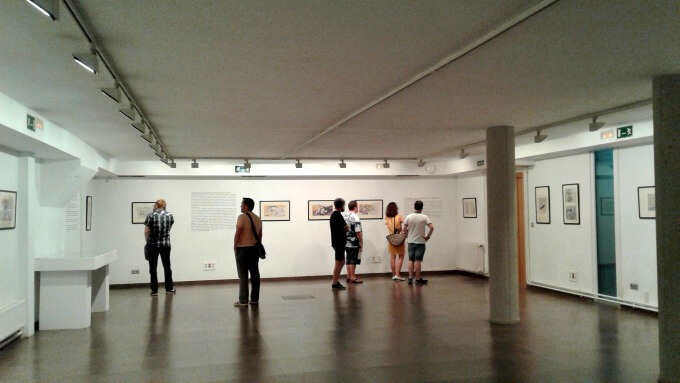
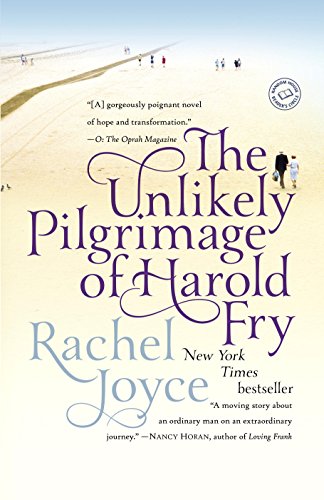
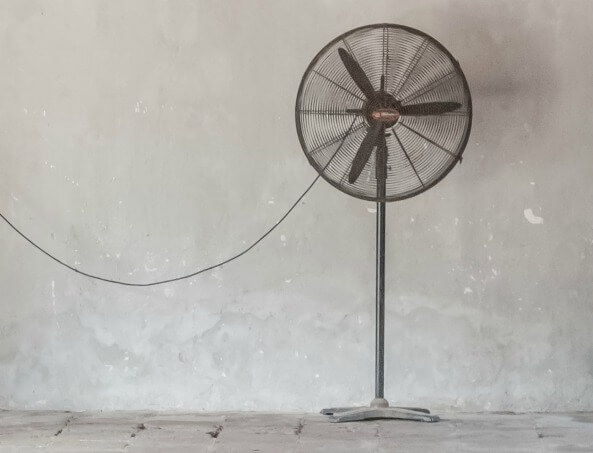
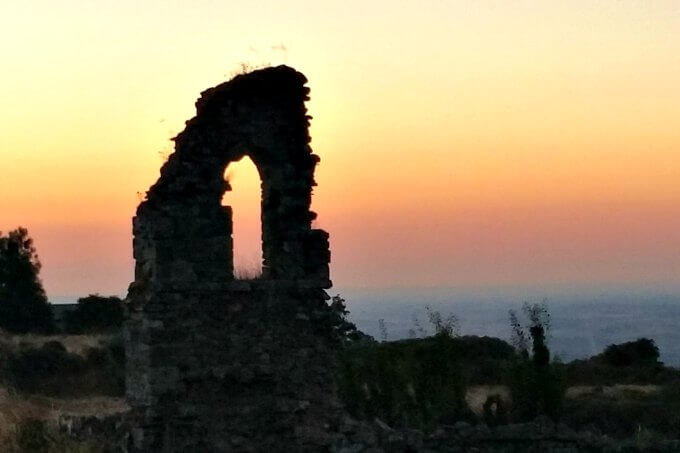
Good luck on your journey. I enjoyed learning something new today. Look forward to seeing pictures when you get back.
Thank you, Diane. 🙂